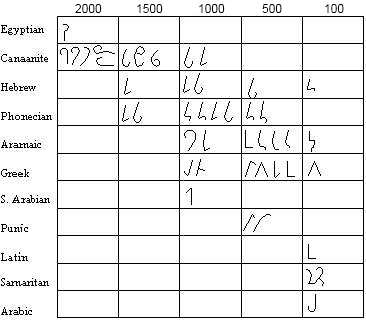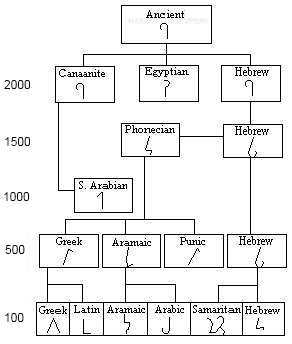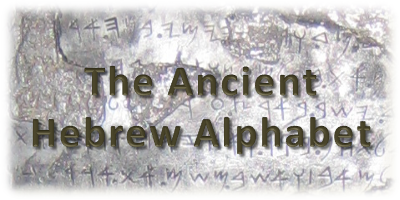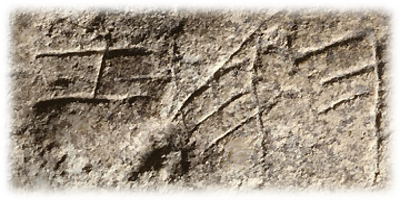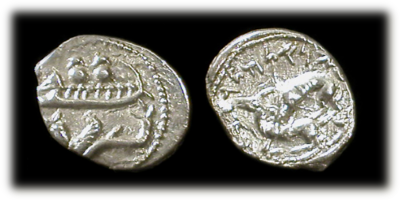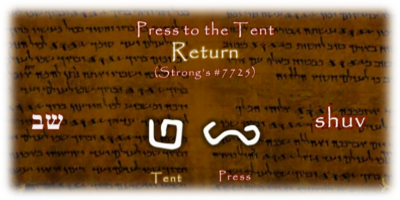History & Reconstruction
The Early Hebrew pictograph is  , a shepherd's staff. The shepherd staff was used to direct sheep by pushing or pulling them. It was also used as a weapon against predators to defend and protect the sheep.
, a shepherd's staff. The shepherd staff was used to direct sheep by pushing or pulling them. It was also used as a weapon against predators to defend and protect the sheep.
The meaning of this letter is "toward" as moving something in a different direction. This letter also means "authority," as it is a sign of the shepherd, the leader of the flock. It also means "yoke," which is a staff on the shoulders, "tie" or "bind" from idea of the yoke that is bound to the animal.
This letter is used as a prefix to nouns meaning "to" or "toward."
The Modern Hebrew name of this letter is lamed and is carried over into the Greek name lamda. The Arabic name however is lam, retaining an older two letter root name for the letter and the probable original name. The phonetic sound for this letter is "l."
The original pictograph for this letter is  and has remained virtually unchanged through Middle Hebrew as well as the Greek and Roman scripts. In Late Semitic this letter changed slightly to
and has remained virtually unchanged through Middle Hebrew as well as the Greek and Roman scripts. In Late Semitic this letter changed slightly to  and became ל in the Modern Hebrew script. The Early Semitic
and became ל in the Modern Hebrew script. The Early Semitic  is the origin of the Greek Λ (upside down from the Hebrew) and the Roman L.
is the origin of the Greek Λ (upside down from the Hebrew) and the Roman L.
 , a shepherd's staff. The shepherd staff was used to direct sheep by pushing or pulling them. It was also used as a weapon against predators to defend and protect the sheep.
, a shepherd's staff. The shepherd staff was used to direct sheep by pushing or pulling them. It was also used as a weapon against predators to defend and protect the sheep.
 and has remained virtually unchanged through Middle Hebrew as well as the Greek and Roman scripts. In Late Semitic this letter changed slightly to
and has remained virtually unchanged through Middle Hebrew as well as the Greek and Roman scripts. In Late Semitic this letter changed slightly to  and became ל in the Modern Hebrew script. The Early Semitic
and became ל in the Modern Hebrew script. The Early Semitic  is the origin of the Greek Λ (upside down from the Hebrew) and the Roman L.
is the origin of the Greek Λ (upside down from the Hebrew) and the Roman L.
